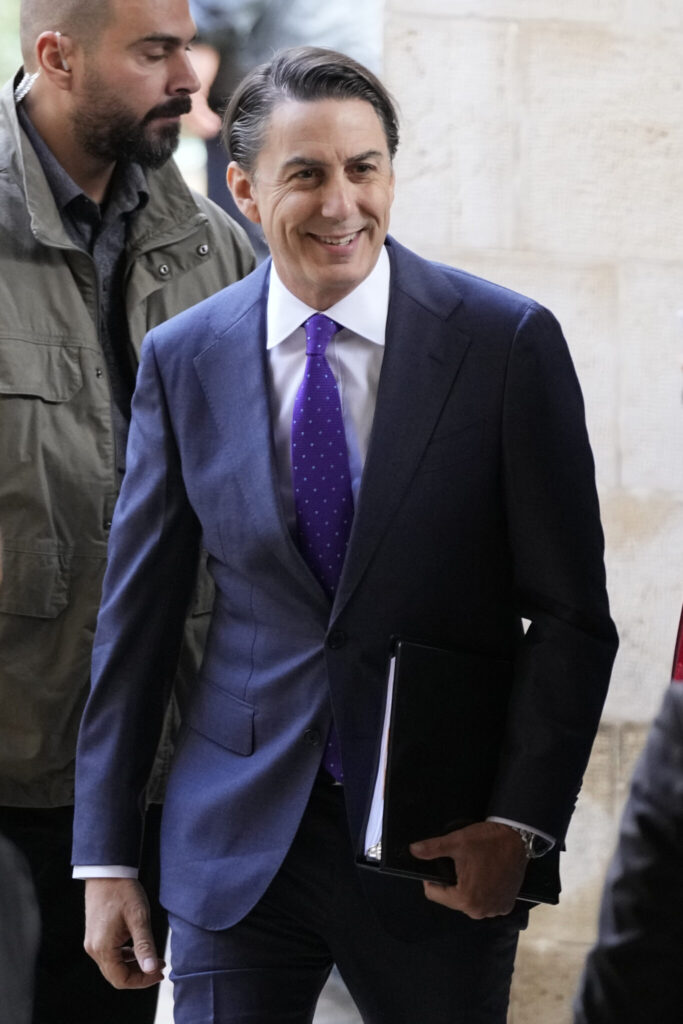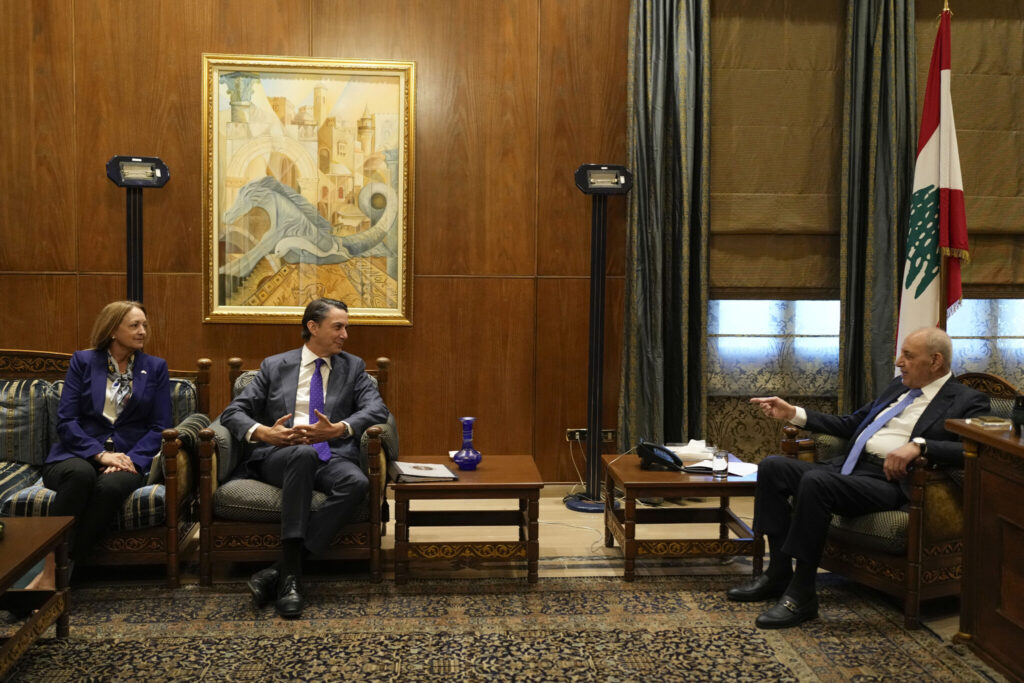Lebanon ceasefire/ Gaza food crisis/ Amos Hochstein/ Israel-Hezbollah truce/ Gaza looting aid/ Newslooks/ BEIRUT/ J. Mansour/ Morning Edition/ A U.S. envoy expressed optimism about a ceasefire agreement in Lebanon, citing narrowed gaps in negotiations. Meanwhile, Gaza faces a dire food crisis as looting worsens shortages amid ongoing Israeli strikes. Prices have soared, and displaced residents struggle to find basic necessities.

Lebanon Truce Talks Show Progress While Gaza Faces Severe Food Crisis
Key Points:
- Lebanon Ceasefire Negotiations:
- U.S. envoy Amos Hochstein said a truce between Israel and Hezbollah is “within our grasp.”
- Talks propose a buffer zone in southern Lebanon patrolled by U.N. peacekeepers and Lebanese troops, excluding Hezbollah forces.
- Israel demands stronger enforcement mechanisms, complicating the deal.
- Gaza’s Humanitarian Crisis:
- Nearly 100 U.N. aid trucks were looted in Gaza, worsening food shortages.
- Prices have soared, with flour costing over $100 per bag.
- Hamas claims to have launched operations against looters, allegedly killing 20.
- Casualties and Displacement:
- Over 43,800 Palestinians and 3,500 Lebanese have been killed in the wars.
- Millions are displaced, with 1.2 million from Lebanon and 90% of Gaza’s population fleeing their homes.
US Envoy Predicts Imminent Lebanon Truce Amid Worsening Gaza Food Crisis
Deep Look: Lebanon Ceasefire and Gaza’s Escalating Crisis
Lebanon Truce ‘Within Grasp’
U.S. envoy Amos Hochstein expressed optimism on Tuesday after productive talks with Lebanon’s Parliament Speaker Nabih Berri, a key ally of Hezbollah. Hochstein, representing the Biden administration, said, “We have continued to significantly narrow the gaps,” referring to proposals for a ceasefire that include a U.N.-policed buffer zone in southern Lebanon.
The proposed zone would require both Israeli and Hezbollah forces to withdraw, a point of contention for both sides. While Israel insists on enforcement mechanisms that could allow operations against Hezbollah, Lebanon is unlikely to agree to such terms.
Hochstein added that while U.S. facilitation is crucial, the final decision rests with the parties involved.
Gaza’s Food Crisis Worsens After Looting
In Gaza, humanitarian conditions continue to deteriorate. Over the weekend, nearly 100 U.N. aid trucks loaded with food and essentials were looted, sending prices skyrocketing in central Gaza. Displaced residents described waiting hours for bread, only to leave empty-handed.
A displaced woman in Deir al-Balah, Umm Shadi, said flour prices had risen to 400 shekels (over $100) per bag, making basic food unattainable for many. Another resident, Nora Muhanna, lamented the unavailability of goods despite prolonged waits.
The U.N. said the looting occurred after Israeli forces directed the convoy to take an unfamiliar route near Kerem Shalom crossing. Hamas-run security forces claim to have taken measures to prevent further thefts, with reports of operations targeting looters.
War’s Devastating Toll
Both Gaza and Lebanon continue to face heavy casualties and widespread displacement:
- Gaza: Israeli strikes have killed over 43,800 people, with nearly 90% of the population displaced.
- Lebanon: Hezbollah’s clashes with Israel have left over 3,500 dead and displaced 1.2 million people.
Israeli President Benjamin Netanyahu remains firm on pursuing military objectives, while U.S. efforts focus on mediating ceasefires.
Trump’s Role in the Region’s Future
President-elect Donald Trump has vowed to end the wars in the Middle East but has provided few details on his plans. During his first term, Trump was a staunch supporter of Israel’s right-wing government, raising questions about his potential approach to ongoing conflicts.
With humanitarian crises worsening and ceasefires still elusive, both Lebanon and Gaza remain key challenges for the incoming administration.







